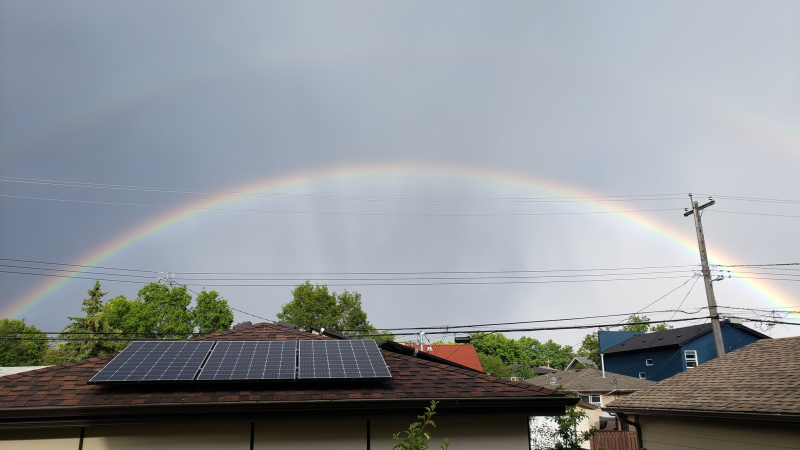This is a special two part interview with our Vice-Provost (Library & Museums) & Chief Librarian, Dale Askey. Part One (posted yesterday) reflected back on 2020 and how it changed UAlberta Library. Today’s Part Two is looking forward to 2021 and beyond.

Do you have any ‘hot-takes’ about what libraries will look like in the future?
Looking fairly far out into the future, say a generation from now, I think we will be passing into another era of collective collection management. At present, I see that we have clearly passed from an era where libraries more or less looked to themselves to build and manage collections to one where shared management of print collections is becoming the norm. A key change in that shift has been the notion of joint ownership of a single copy of a book, as the Keep@Downsview project in Ontario has codified, where if multiple members of the consortium send the same work to storage, only one copy will be kept and essentially become the joint property of all the institutions who sent a copy. I’m oversimplifying this, but collective collection development has a long history going well back into the 20th century.
I would observe that right now, in 2020, we still work with a mental model where the physical copy of a book is the enduring copy of a work while a digitized version of it is an instrument, intended to be used but not to replace the physical copy. We just don’t–as a species–quite trust digital storage media to the degree, yet, where we can envision them being solid and immutable across centuries as we can with print books. Yet, when we consider that our entire financial world is nearly entirely digital these days, it’s not that radical to assert that a time will come when we do have that trust and we may begin to think of a digitized book as the primary copy and the physical copy as a quaint luxury. This is a long way off, but I see the signs going that way. When one stops to think about all the ways a physical book can be “erased”–theft, wanton destruction, censorship, fire, insects, acidic decay, simple carelessness–it’s not as if the durability of a physical object were any less a matter of faith than trusting digital media.
My other related hot-take would be that digital preservation is going to become a major activity in libraries. Right now, we still live in a world where the management of the record is too widely distributed to ensure its survival. Ian Milligan at Waterloo talks about this so elegantly with regard to his work as an historian. Libraries have just begun to scratch the surface of doing digital preservation of digitally-born objects from outside our institutions with the work that’s been happening around Web archiving. As computing capacity grows, this work will blossom and become a central function of large research libraries, perhaps all academic libraries. We also haven’t seen a cataclysmic failure yet of an entity that has wiped out a swath of the record because the Internet era–viewed historically–is still just a blip. But if one considers the intense concentration of digital information on U.S.-based or U.S.-controlled platforms, just imagine what would happen if a fascist regime assumed power and chose to impose their singular view upon that incredibly large collection of information? It could disappear permanently overnight, with only bits and bobs in various collections outside of the reach of that government. Libraries have always acted as a safeguard against this human tendency, to some degree, and we must continue to do so.
How will you be ringing in 2021 this year?
Quietly, I imagine, with my family. I certainly hope that my daughter, who attends McGill, will be able to fly home for the holidays; that’s our current plan barring some severe lockdown or other viral intrusion. We will likely play some sort of board or box game (Catan, et al.) and my daughters and I will almost surely book a session at Ctrl-V and do some VR gaming. It’s one of the few ‘luxuries’ we indulge during the pandemic since it is so well adapted to physical distancing and is very low traffic. Also, with three dancers stuck at home, there’s a better than average chance that we will make some sort of dance video. The last one was utterly silly, but a while back we had the idea to learn some of the choreography that Alvin Ailey created. It’s just overwhelmingly beautiful and I have a difficult time expressing what it feels like to enact it with one’s own body. It taps a very deep emotional place. Last, our holidays always involve a lot of outdoor activity in the snow and ice, so we will snowshoe, ski, and/or skate for sure.
Thanks Dale!
FYI – We welcome your feedback on UAlberta Library services. Visit our “online suggestions box” to share your ideas and insights.
